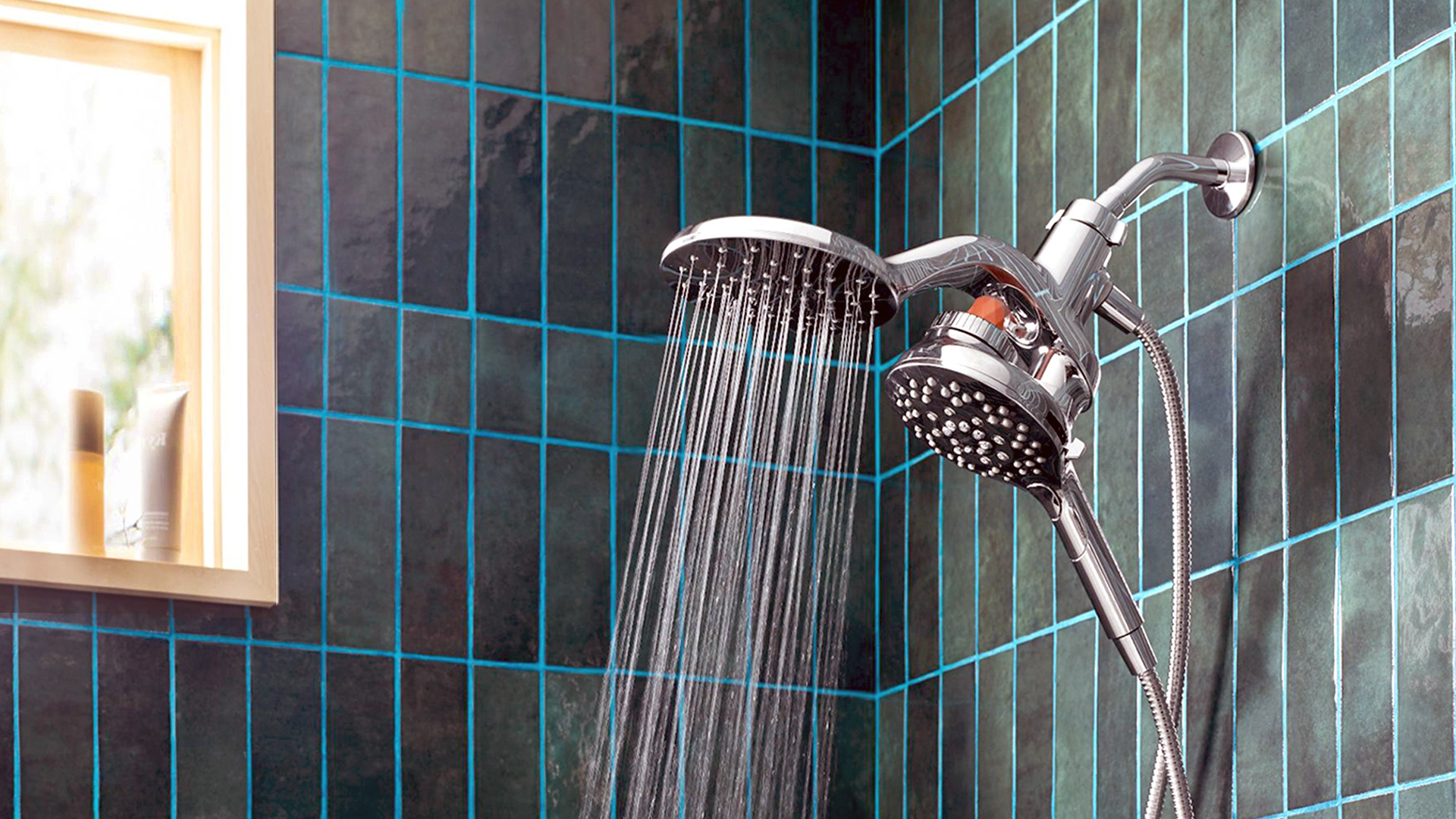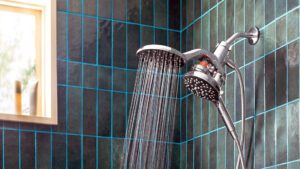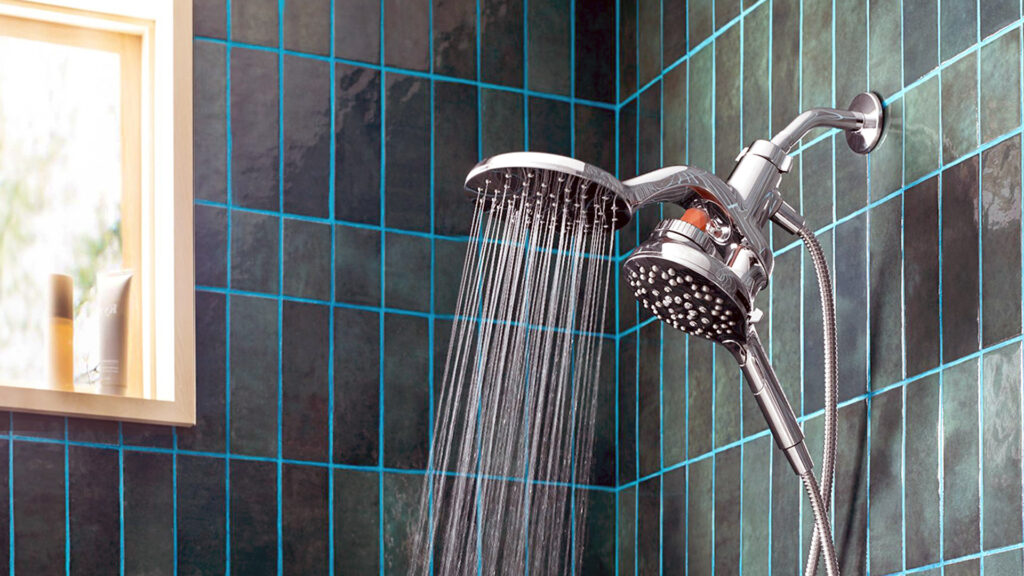
What to Do When Your Showerhead Has No Pressure
Are your morning showers leaving you feeling a little flat?
There’s nothing like a hot shower to wake you up and get you ready to face the day. The burst of water massaging your head and neck can feel like a deep tissue massage that leaves you feeling fresh once you step out of it.


But when you have no water pressure, it can seem like you’re standing under a leaky pipe. You end up looking like a ballerina in the shower as you twirl around trying to get your body wet and wash off the soap suds as drips of water trickle out of the showerhead.
It’s no way to start to your day. So how do you turn up the pressure and get the shower that you deserve? If you want more than a drizzle, then try these professional tips to take back control of your morning ritual.
Test Your Shower’s Water Pressure
Before you start shopping for a new showerhead, you should make sure that your current one works as intended. There’s a simple and easy test that you can conduct to determine if your water pressure is too low or just right. All you need is a one-litre jug, a stopwatch, and a calculator.
Place the jug under the shower and turn the tap up as high as it will go. Start your timer and stop it once it’s completely full or has reached the one-litre mark. If it takes longer than six seconds to fill it, then your water pressure is too low.
Clean Your Showerhead
Sometimes the reason for low pressure from a showerhead is because it’s blocked. Most often it’s sand and dirt that has managed to infiltrate the water system and slowly build up the longer it’s left unattended.
To clean out your showerhead, start by unscrewing it from the arm and soaking it in a bowl of white vinegar for around eight hours. If you still see some minerals in the holes after this, then dig them out using a toothpick.
Test the water pressure again, and if there’s no improvement, then there could be an issue elsewhere. In this case, you should call in the professionals to investigate what the problem might be.
Check Your Showerhead Settings
One of the most common reasons for low pressure coming from a showerhead is that it’s doing exactly what it’s designed to do. Water-saving showerheads are great for the environment and your bills, but some models don’t provide the pressure that you need.
Some of these showerheads include a flow restrictor, which is specifically designed to manipulate the water pressure to save as much of this resource as possible. In order to increase the pressure, you’re going to want to remove it.
Start by getting a towel or cloth as well as a plier or wrench. Wrap the material around the showerhead and take it apart. Look for a white plastic disc with a tiny hole in the middle of it. This is the flow restrictor and what stops water gushing through your showerhead. Remove this piece and reconstruct the showerhead.
Now that nothing should be restricting your water pressure, you should be able to enjoy your showers again. If you don’t notice any difference, then the problem is not the showerhead and likely something to do with your plumbing setup.
Take a Look at Your Water Main
If you’re still suffering from low water pressure, then it’s time to go to the source. That means checking out your water main valve. This controls how much water flows through all of the fixtures in your home.
If you do not see any pressure issues with other taps in your house, then investigating the main valve may not make any difference. So before you start making adjustments to the water main, perform the water pressure test on other fixtures. If you’re getting the same result as the shower, then proceed with your examination.
The water main is normally located near the meter. You should see two valves, and you’ll need to turn each of them counterclockwise to open them completely.
Just beware that too much of a good thing can cause problems. Opening the valves means you’ll be putting extra pressure on your piping. Over time, this may cause damage to them as they’re not constructed to handle high pressure.
If this is an option you want to explore, you’re best to speak to the professionals first who will be able to determine how much your pipes are able to handle and what the recommended setting is. It will help protect them and still give you the right shower pressure.
Call the Professional to Replace Your Showerhead
If all else fails, then it might be time to replace your showerhead. Getting the right plumber out will mean they’ll try all the tricks of the trade to try to get your existing one delivering the best pressure first before recommending a replacement.
With so many new models available, you may end up finding the showerhead of your dreams. Rainwater high-pressure styles can make it feel like you’re out in the middle of a storm, minus the thunder and lightning, and filtered showerheads save you from having to clean them. There are plenty of other styles too that can help you start your day right.
You should chat about your showerhead needs with All Day Plumbing. We’ve installed all different types of models and have helped increase water pressure on existing ones if you’re not ready to renovate your bathroom. No pressure, but you should get in touch with us today if your showerhead is not delivering the goods.